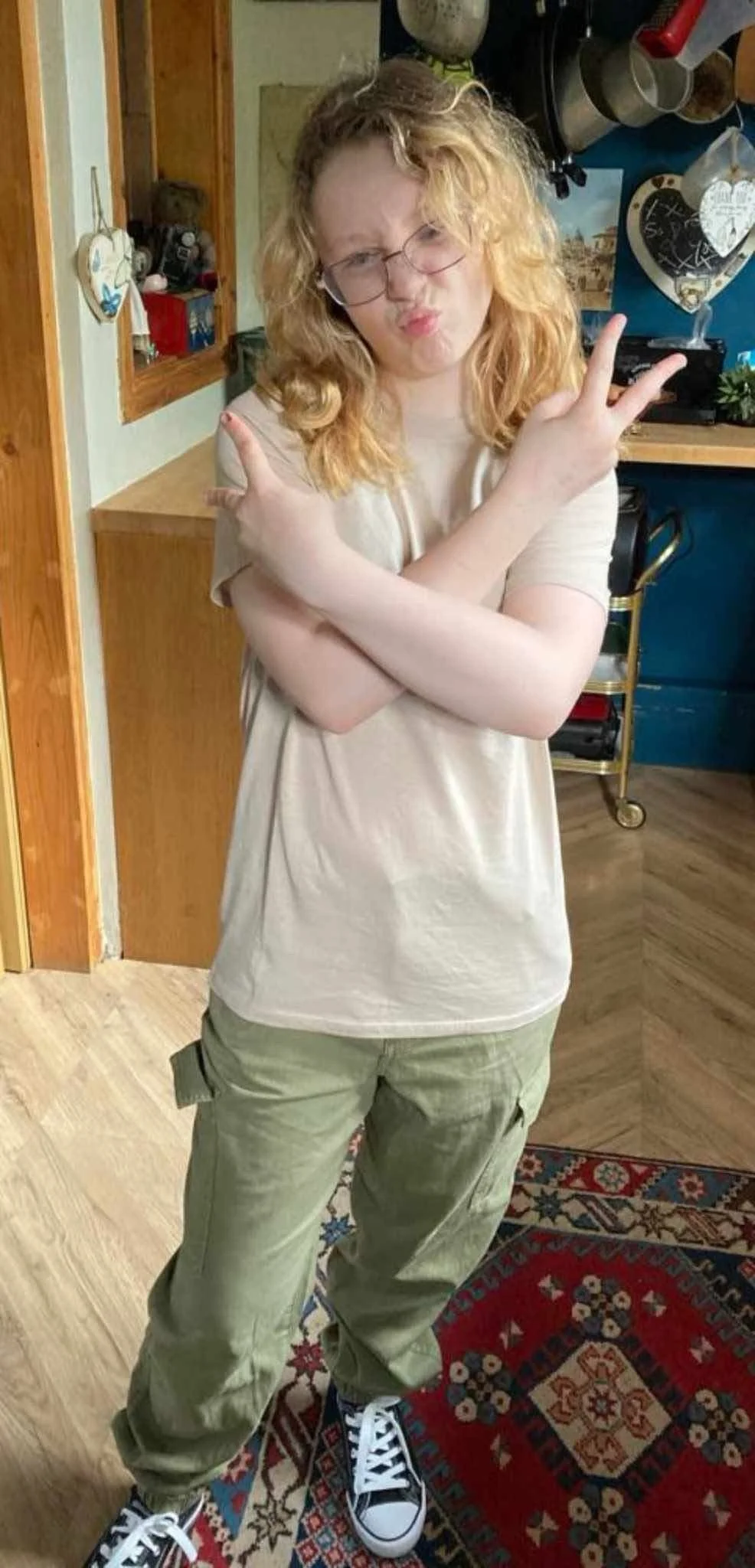So…What is Willow’s Law?
Willow’s Law is a proposed legislative reform created in memory of Willow-Tarriss Lee, a 14-year-old girl who died by suicide after enduring relentless bullying that was ignored, mishandled, and tragically downplayed by the systems meant to protect her. This law is a response to the silence, the failures, and the devastating cost of inaction. It aims to formally recognise repeated bullying—especially over the age of ten—as a specific criminal offence, while also enforcing a duty of care upon schools, safeguarding bodies, and educational authorities. It draws a legal line in the sand that says cruelty cannot continue unchecked, that a child’s safety and mental wellbeing are not optional extras, and that “we didn’t know” is no longer an acceptable defence. Willow’s Law is born from the belief that children deserve more than sympathy after the fact—they deserve protection before it’s too late
Why Does Willow’s Law Matter?
Willow’s Law matters because too many children like Willow are being failed in silence. It matters because the systems we trust to protect our children—schools, councils, safeguarding teams—are often more focused on reputation, funding, and statistics than the raw, immediate safety of the very kids in their care. Willow was 14. She was bright, hilarious, deeply empathetic, creative, and full of life. She was bullied to the edge of her existence—online, in person, in spaces where adults stood by or brushed it off. Even after her first suicide attempt, warnings were missed, and those responsible were allowed to continue with no consequence. This law is for the children still walking into school scared every day, the ones who’ve stopped telling adults because no one ever listened, and the parents who are begging for action before it’s too late. It matters because no child should have to die to be heard. It matters because behind every case of bullying is a human life—not a statistic, not a “phase,” but a soul who feels every word and bruise. Willow’s Law creates a legal, moral, and emotional framework that finally puts the child first. It says enough is enough. It says protection must come before apology. It says that grief like this should never have to be turned into legislation—but since it has, it will be a law that saves others. It is a promise that Willow did not die in vain. And it is a battle cry for every child still waiting to be seen, believed, and protected.
What Does Willow’s Law Do?
Willow’s Law creates a clear, enforceable framework to respond to bullying with urgency, accountability, and care. It requires schools to investigate and act on all bullying allegations, whether they occur on school grounds or online, with documented responses that cannot be ignored or swept aside. It mandates mental health assessments for any child who self-harms or discloses distress linked to bullying, ensuring rapid referrals to CAMHS and safeguarding teams. It gives parents real-time access to information, empowering them to protect their children when institutions fall short. For bullies, it sets legal consequences—but also introduces the opportunity for intervention, therapy, and rehabilitation before patterns of harm become permanent. Above all, Willow’s Law centres the child: their safety, their voice, their future. It is not just a law—it is a cultural shift. A promise that no child will be left screaming into silence again.


